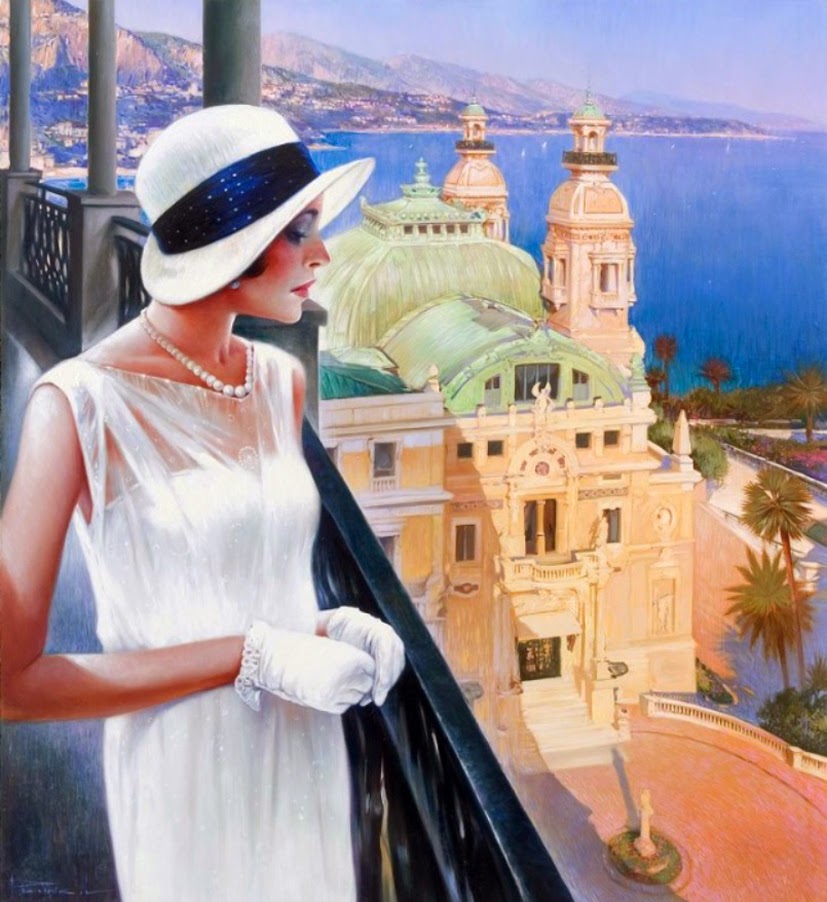Viatcheslav Plotnikov was born in Russia. Since a young boy, Plotnikov knew which road his professional life would take. He couldn't of course have foreseen the good fortune he would have, but was however reassured and encouraged by his teachers of the art school: they recognised in him a great pictorial energy and sensed his talent.
Plotnikov was sustained by an intense desire to know and by an unshakeable will to perfect his work: he knew how important it was to master every technique and every style, because from this knowledge he would have been able to germinate a new art.
The neoclassicism would have represented the foundations of a new structure. The dedication and great passion he put into his studies slowly guaranteed the acquisition of a fascinating new knowledge: his character was strengthened internalising the example of the great painters of the past.

.jpg)






